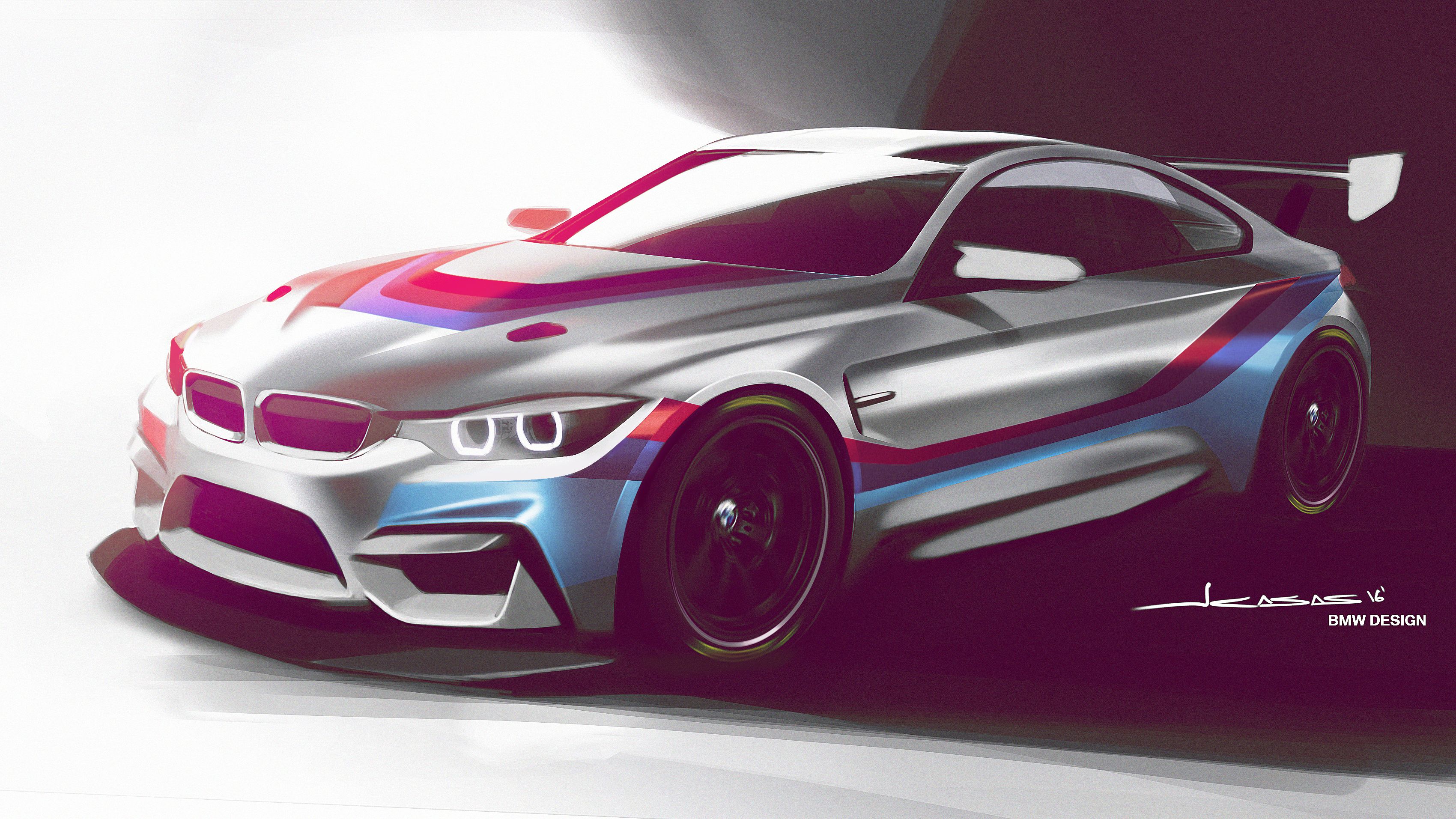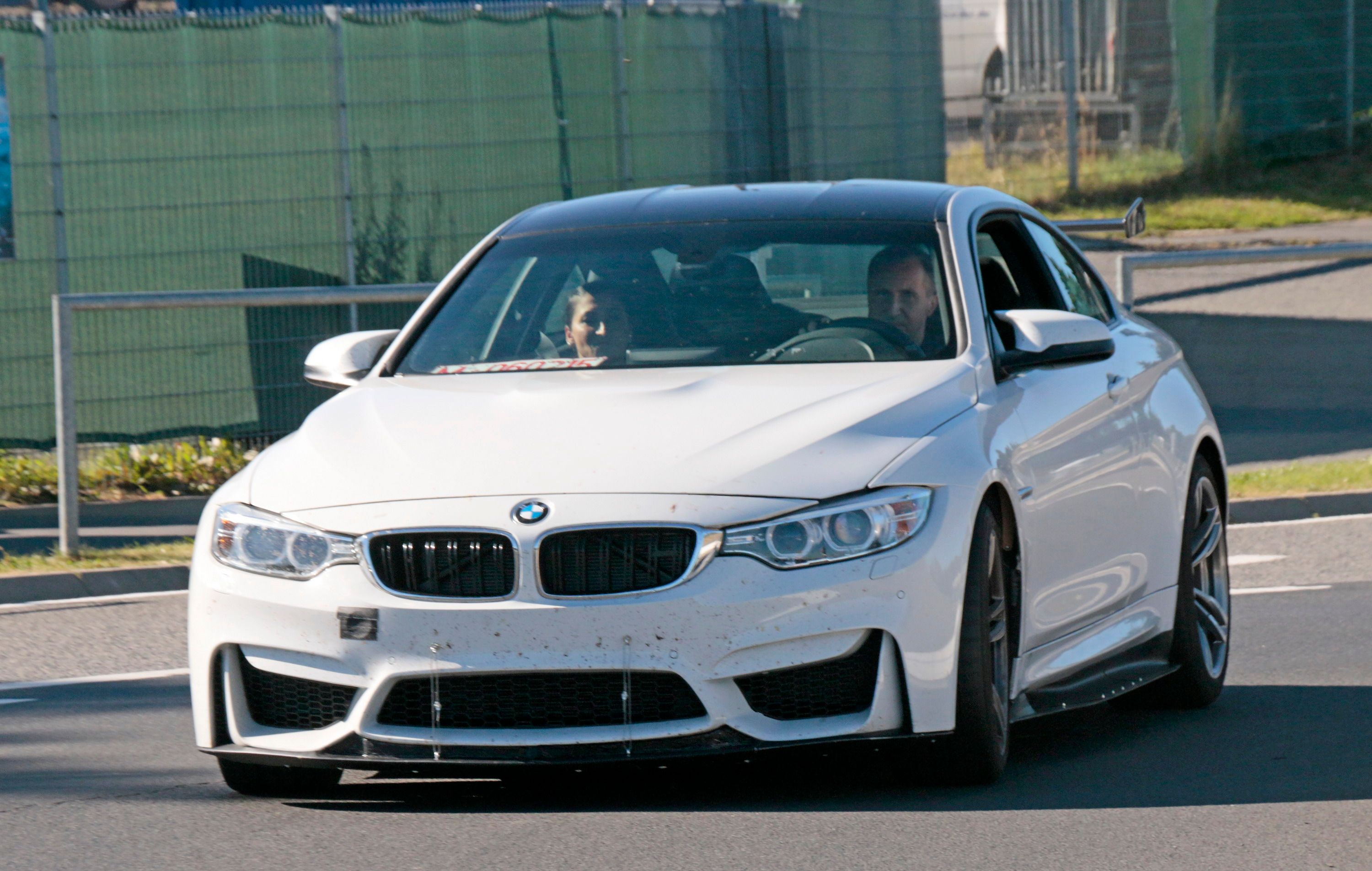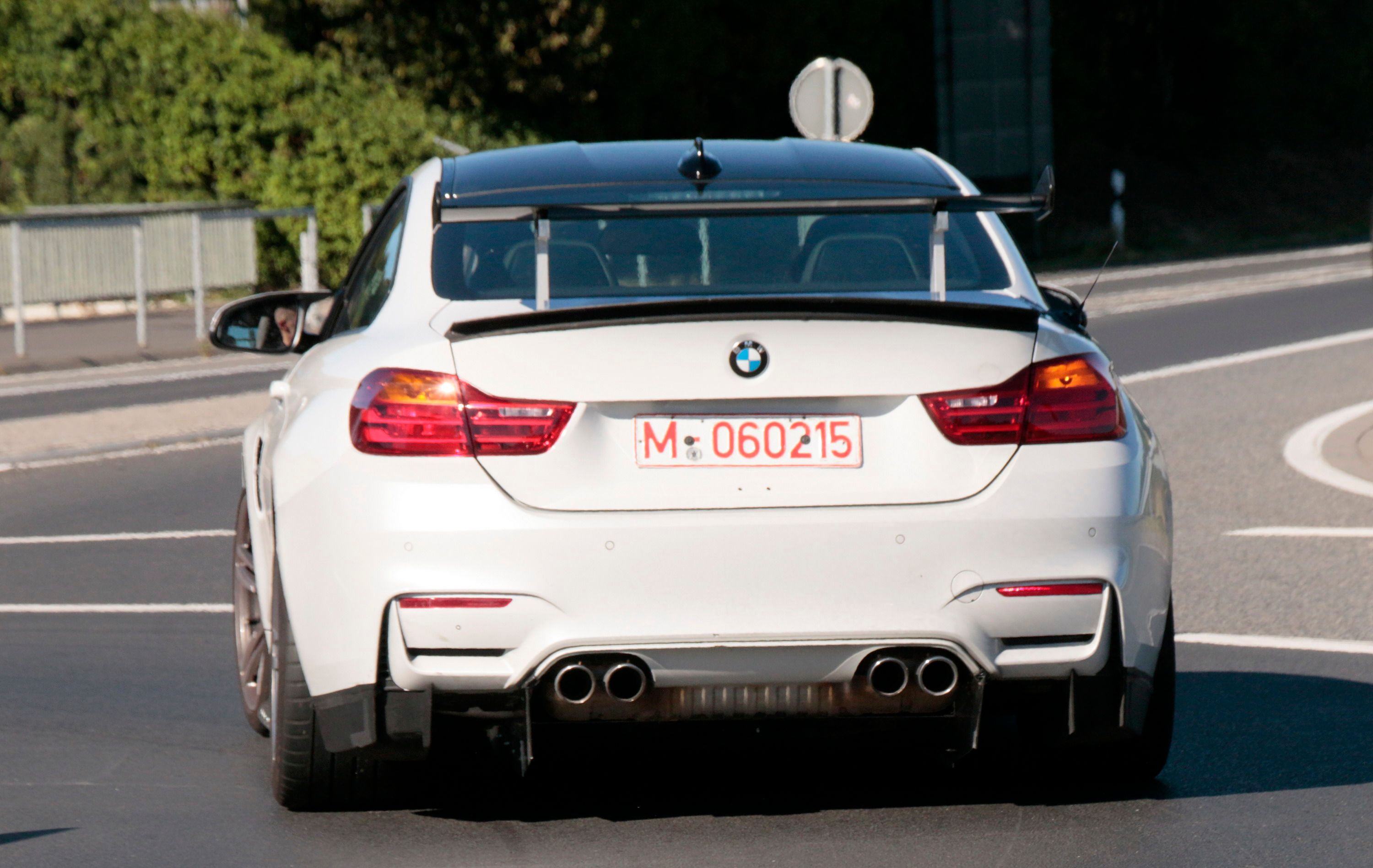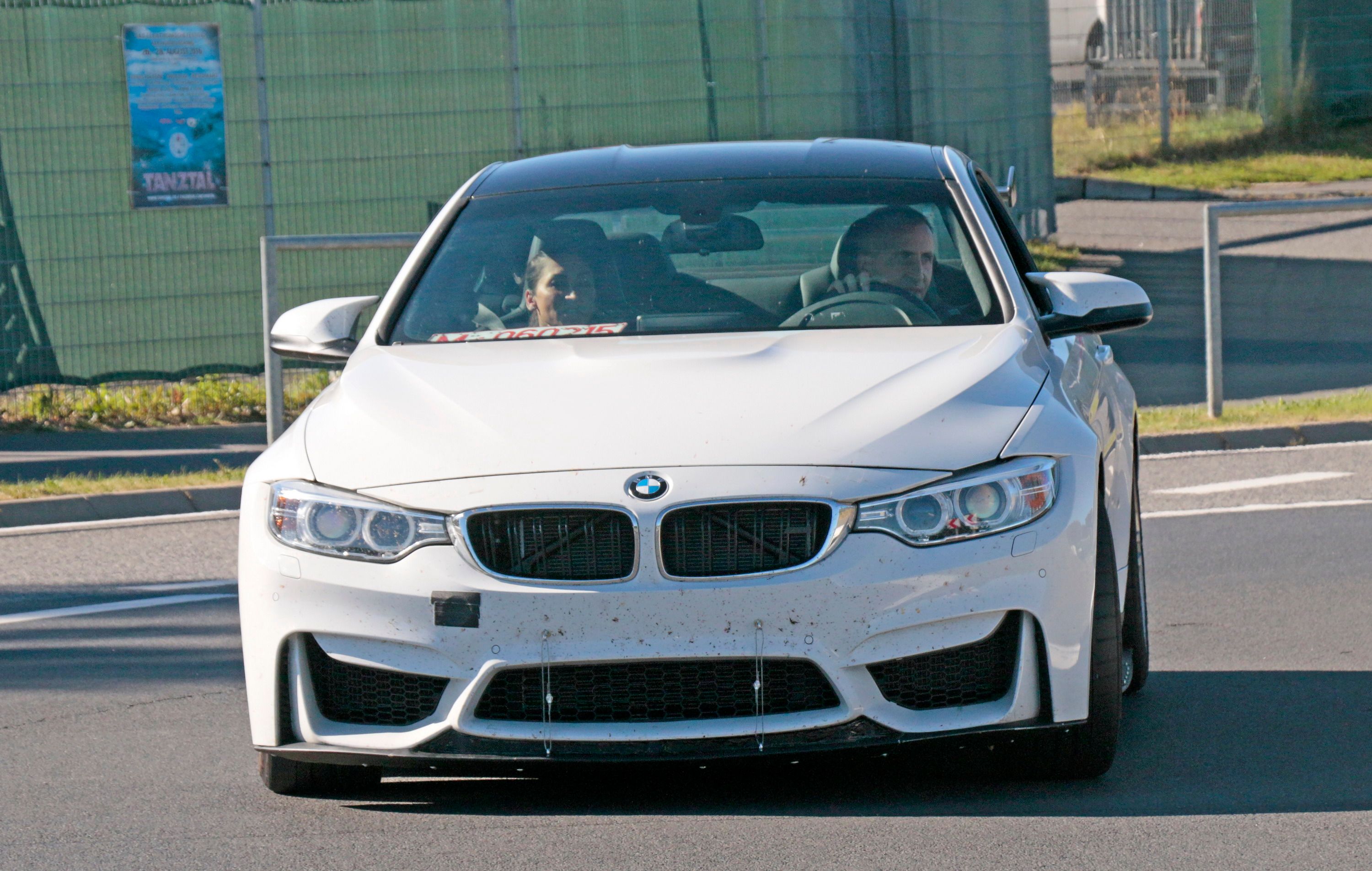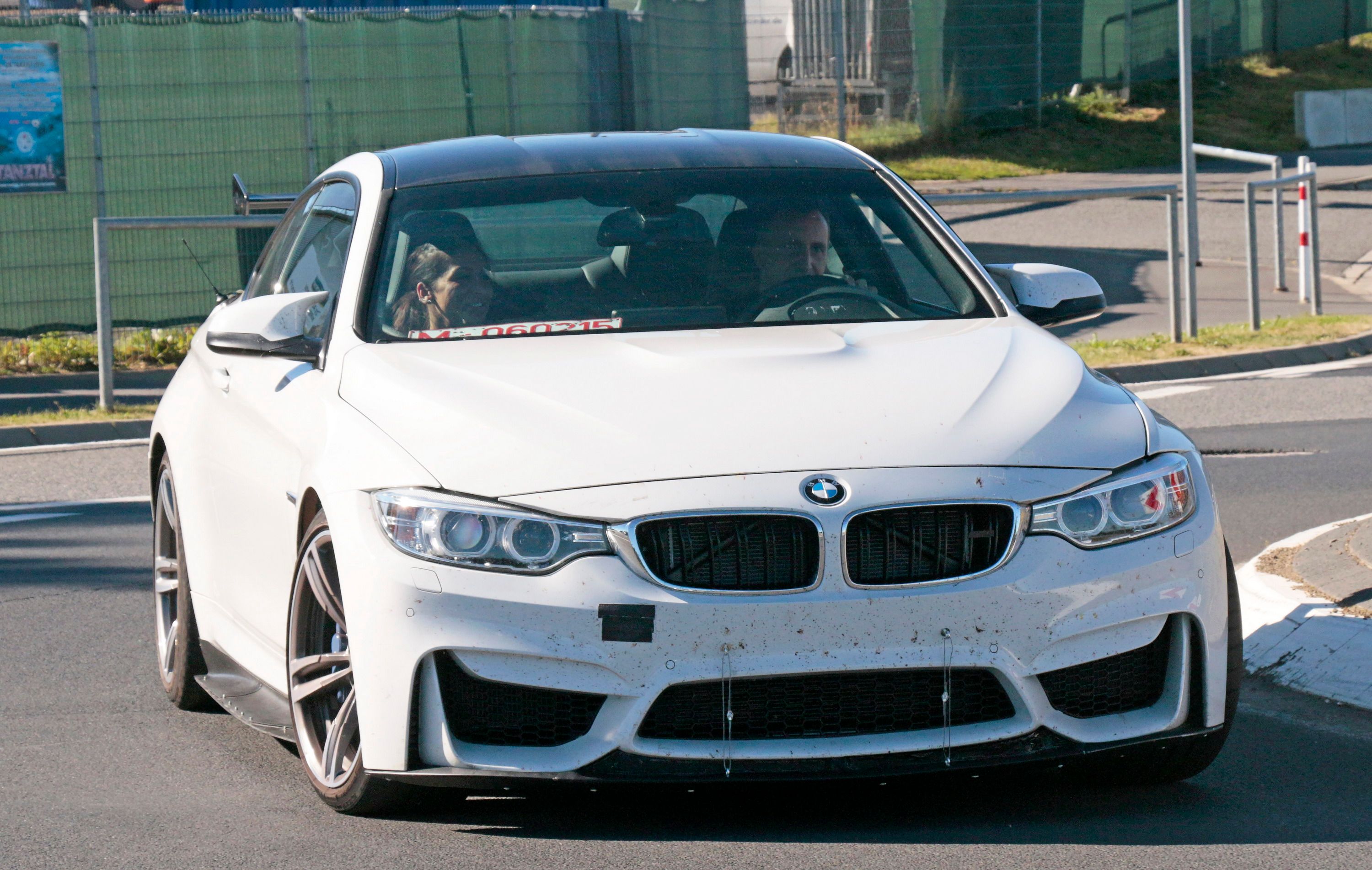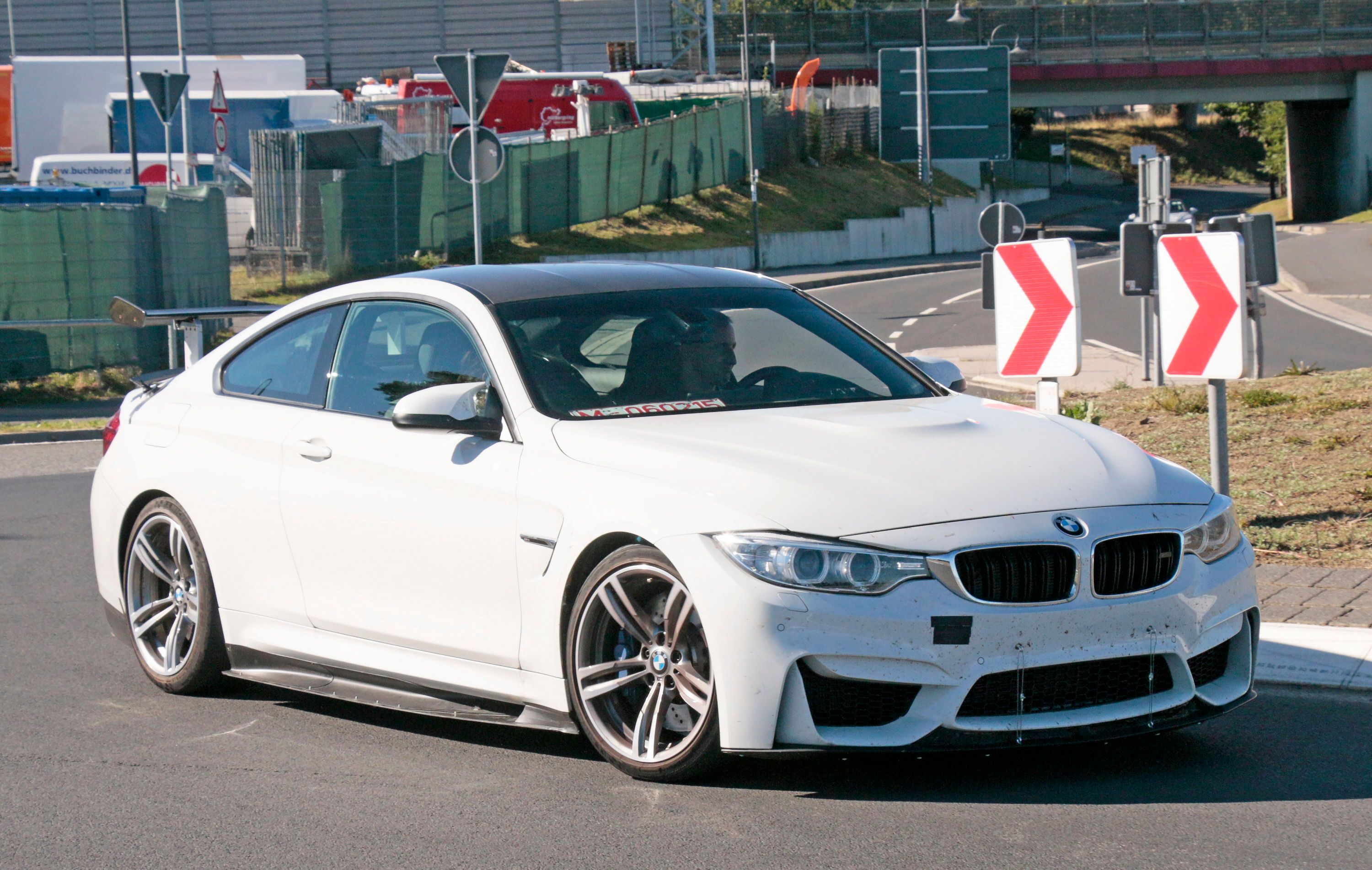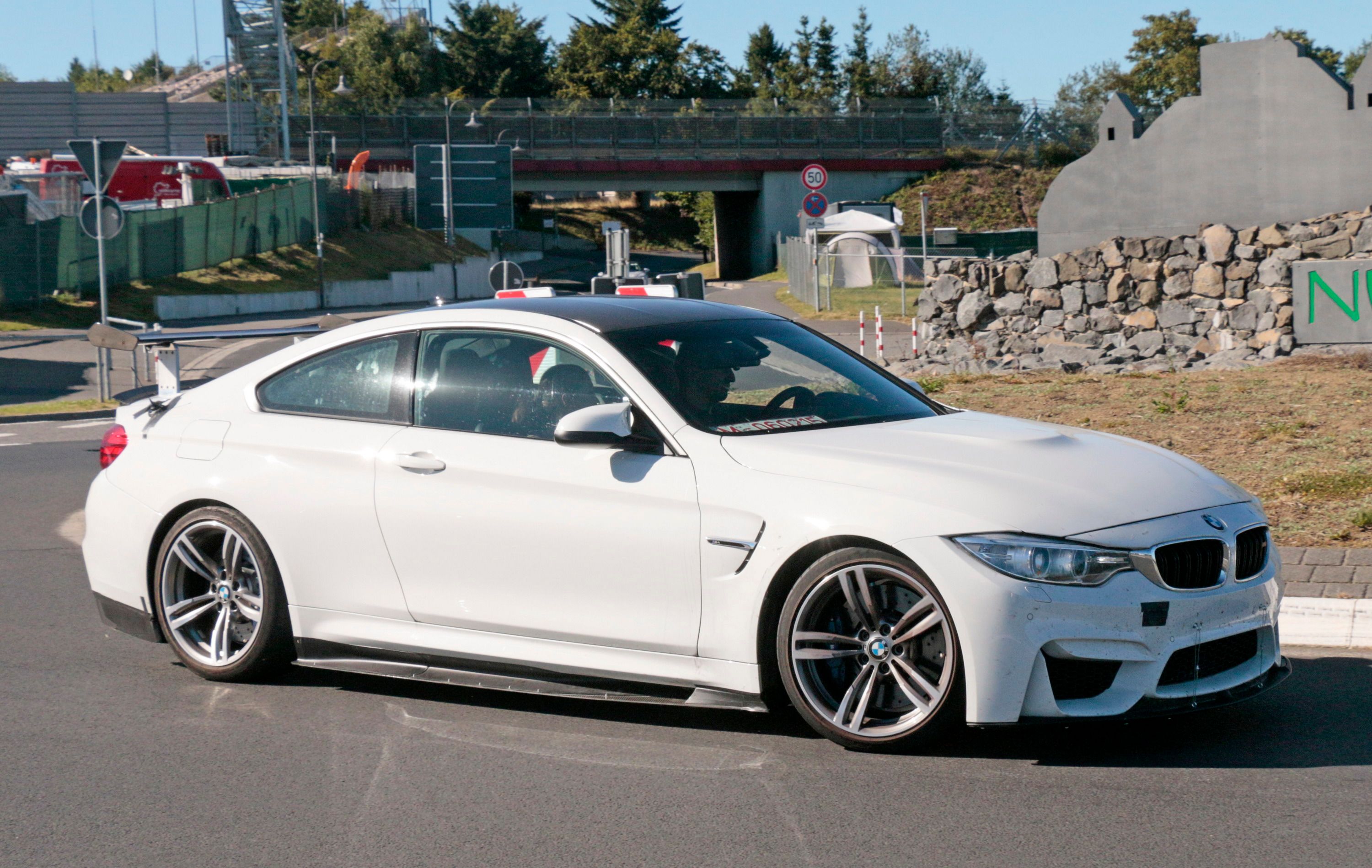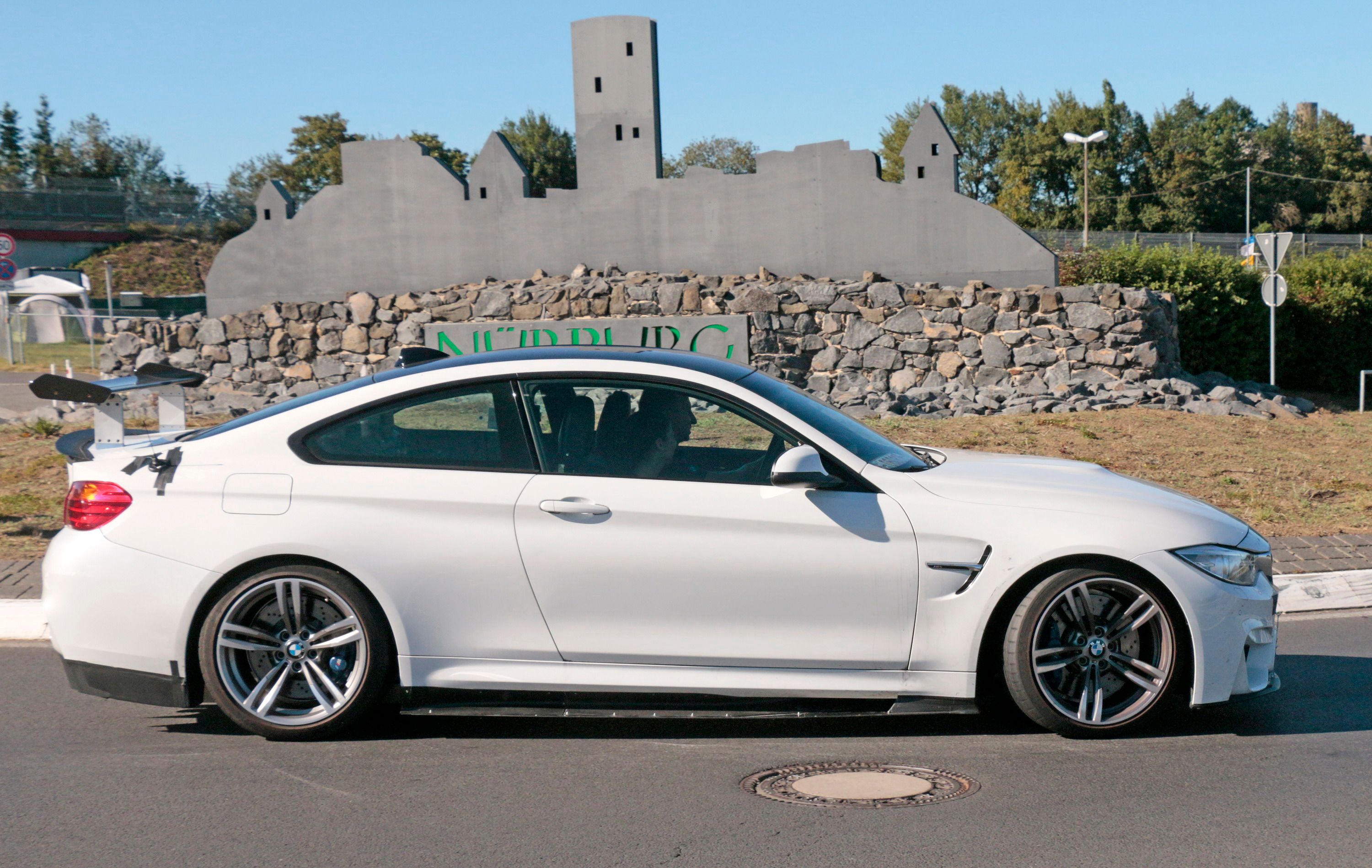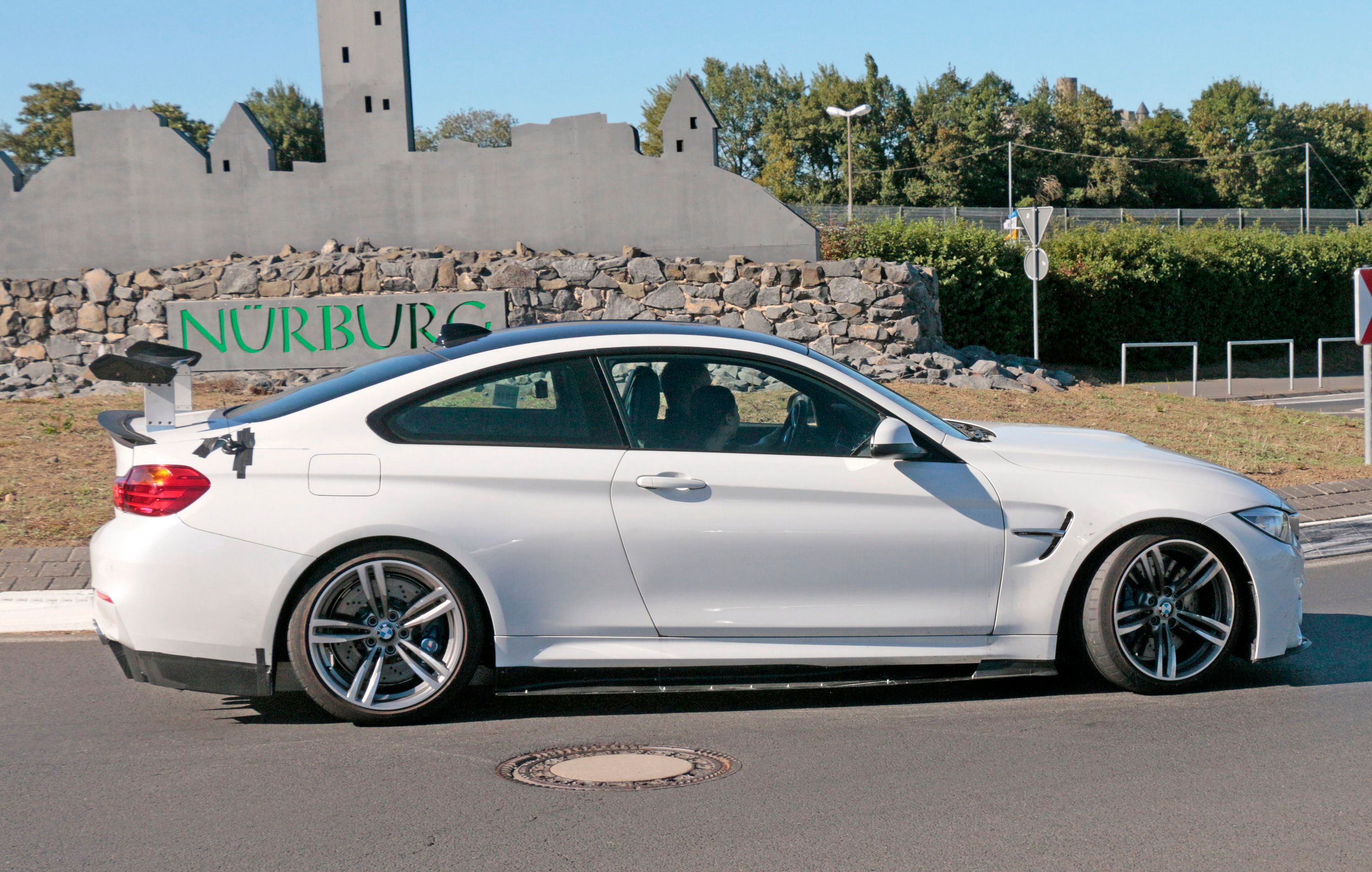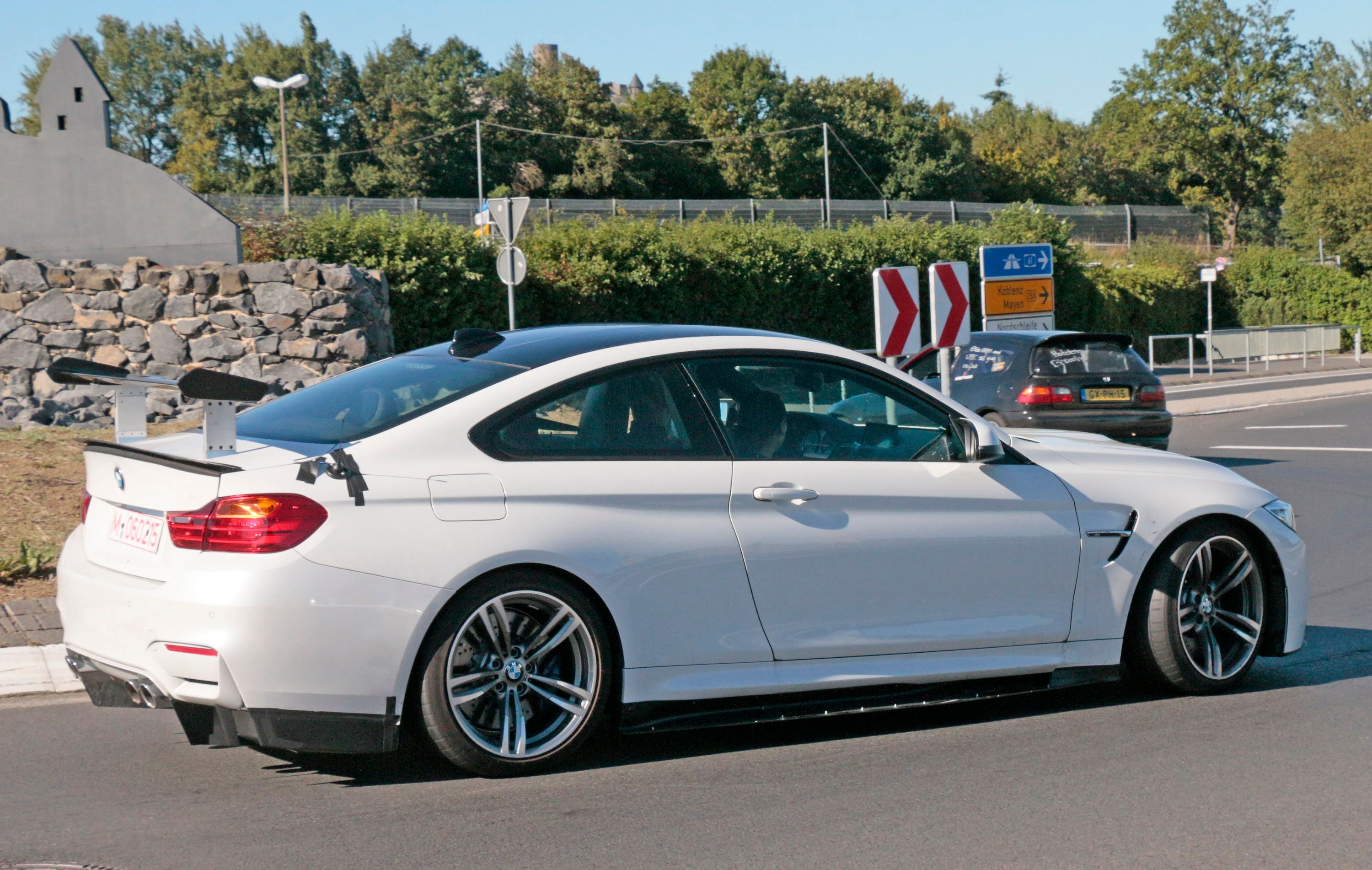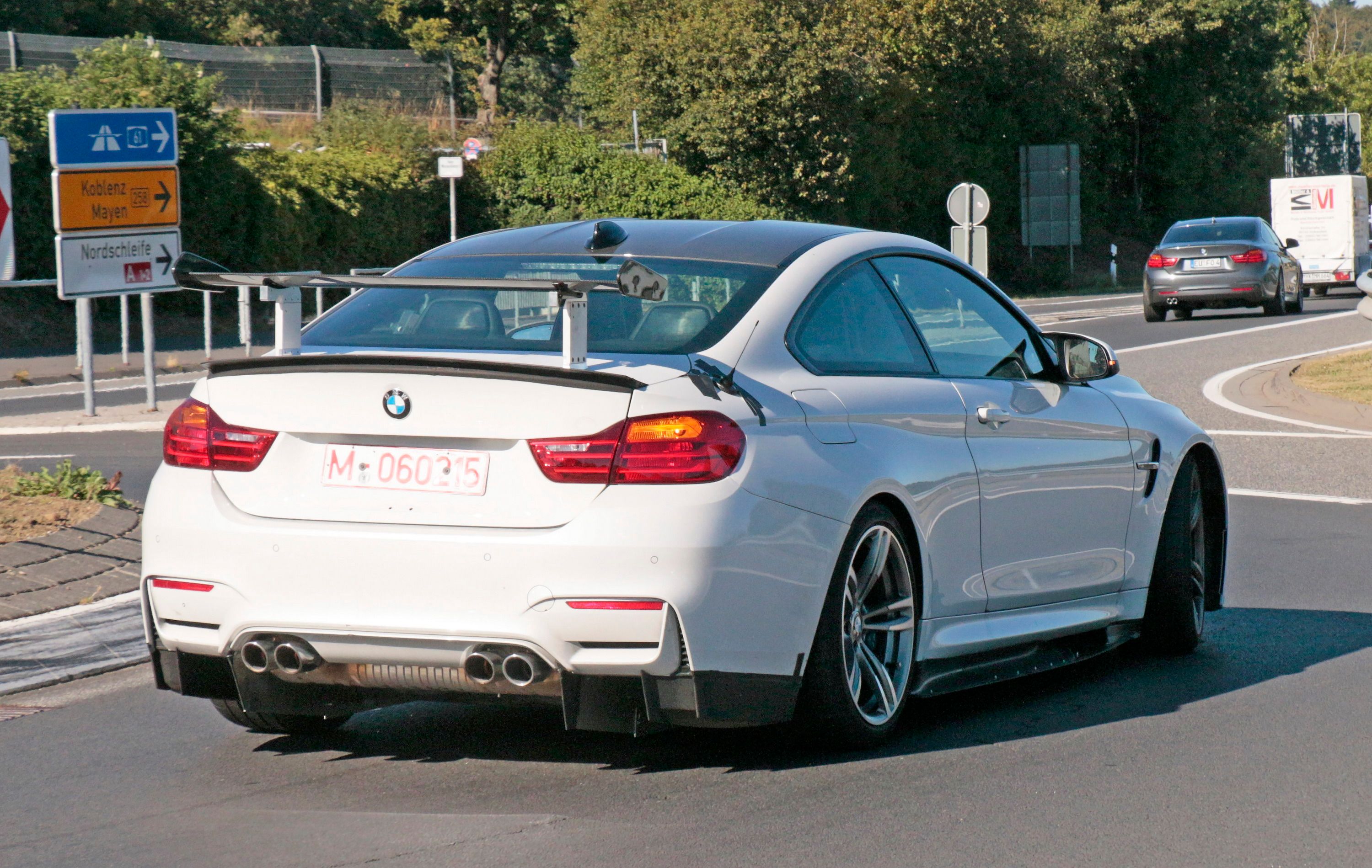The BMW M4 came to be in 2013, when the German company unveiled its brand-new performance coupe in concept form. The introduction of the M4 marked the end of the road for the M3 Coupe, with all two-door versions of the 3 Series being moved under the new 4 Series denomination. On top of the new styling and nomenclature, the M4 also gained a new engine. The previous naturally aspirated V-8 was replaced with turbocharged inline-six with enhanced performance and fuel economy. Much like its predecessors, the M4 was also engineered for track use, spawning a successful DTM race car. However, unlike previous M3 Coupes, the M4 never made in other racing series. But things are set to change in 2018, when BMW will unleash a GT4-spec version of the two door coupe to replace the M3 GT4.
The new race car will compete in existing GT4 classes, which are included in various series in Europe, North America, and Asia. The car will be open to customer teams around the world, but will also be used to bring talented young drivers closer to the GT3 class as part of the BMW Motorsport Junior Programme. The newly developed GT sports car has already completed its first tests at the end of 2016 and customers will be able to purchase it in 2017, just in time for the start of the 2018 racing season.
Continue reading for our full review.
2017 BMW M4 GT4
- Make: Array
- Model: 2017 BMW M4 GT4
- [do not use] Vehicle Model: Array
Spy Shots
August 25, 2016 - First testing session
Exterior
Much like the M3 GT4, the race-spec M4 is a road-going coupe on steroids. Or a slightly beefed-up M4 GTS if you prefer. As it is the case with all modern BMW race cars, the M4 received a comprehensive and aggressive body kit that includes new bumpers, new engine hood, muscular wheel arches, larger side skirts, and a huge wing atop the trunk lid.
Since I’ve mentioned the M4 GTS earlier, the GT4 has the exact same carbon-fiber engine hood. Additionally, it also got carbon-fiber doors in order to be as light as possible. Considering that the front splitter and rear wing are also from carbon-fiber, the GT4 might just be lightest M4 developed so far. The presentation model also wears the red, purple, and light blue colors of the M division, which makes it that much cooler to look at. On the other hand, the actual customer cars will get colorful liveries of their own.
Interior
As expected, the interior layout has very little in common with the production model. The dashboard is still somewhat based on the standard M4 and the overall configuration of the road car is still there, but most of the familiar features have been replaced with motorsport parts. The first thing that catches the eye is the new steering wheel. Devoid of the familiar rim, it has only the side grips and the flat bottom. The fascia is made of carbon-fiber and the tiny "BMW" roundel makes way for eight buttons for various commands. The center stack is also made from carbon and it's unique to this model, featuring several buttons and switches.
The gear shifter is closer to that of the production model, although it's smaller and placed on an all-carbon center console. The dashboard is also made from the lightweight composite and features a bespoke, simpler screen that displays only the essential data. Both the door panels and the floor have been stripped off in order to save weight. The driver now sits in a full-blown motorsport seat, which was sourced from the M6 GT3. Other race-ready goodies include an FIA_approved rollcage and fire extinguisher system.
Drivetrain
BMW didn’t release specific engine information, but did say that "the engine and transmission, including control electronics, were adopted from the BMW M4 Coupe." What’s important to note here is that much like the road car, the GT4-spec racer also makes the switch from a naturally aspirated V-8 to the turbocharged, 3.0-liter inline-six engine. While some internals are likely identical to the street-spec coupe, some components have been updated to race duty.
There is no output information available right now, but that’s far from surprising given that horsepower and torque are directly related to the car’s curb weight, according to FIA regulations. BMW also said that the GT4 features a racing exhaust system, and that the brakes and the pedal box "use solutions carried over from the BMW M6 GT3."
Prices
Pricing for the M4 GT4 starts from €169,000 (around $188,800 as of May 2017) plus VAT in Europe. Depending on the market, the total sticker could be upward to €209,500 (about $234,000). That's rather expensive compared to other GT4-spec cars, but a bit more affordable than the M6 GT3.
Competition
McLaren 570S GT4
Launched in early 2016, the 570S GT4 is still in its testing phase and will be race in the British GT championship only by the end of the year. However, customer cars will be made available for the 2017 season and by 2018, the 570S GT4 will become a strong competitor for the Bimmer. The GT4-spec McLaren is also based on its road-going counterpart and features an aggressive body kit, a race-spec cockpit, and various modifications under the hood. Power comes from the 3.8-liter V-8 that powers all the other McLaren sports cars. Pricing for the 570S GT4 starts from £159,900, which converts to around $205,360 as of May 2017.
Find out more about the McLaren 570S GT4 here.
Porsche Cayman GT4 Clubsport
Depending on the series it will tackle, the M4 GT4 will face competition from the Porsche Cayman GT4 Clubsport, a brand-new race car that made its debut in 2016. Heavily based on the road-going Cayman GT4, the Clubsport is Porsche’s first-ever factory-built race car below the 911. Although its exterior and engine are almost identical to the road car, the Clubsport comes with a race-spec cockpit and a bespoke dual-clutch transmission, as well as a suspension system borrowed from the popular and successful 911 GT3 Cup. The Cayman GT4 Clubsport retails for $165,000.
Read more about the Porsche Cayman GT4 Clubsport here.
Conclusion
While modern BMWs, and especially the M3 and M6, have often been criticized for lacking the charm of their 1980s and 1990s counterparts, the race cars have usually been at the top of their game. Quite affordable compared to racers from other brands, they've scored pretty good results on all major tracks around the world. The same can also be said about the M3 GT4, which scored two outright wins and 11 class victories in 87 races. That's a pretty good ratio nowadays when events are contested by many teams and manufacturers. That said, the M4 GT4 has some pretty big shoes to fill, but I'm confident it will be more than up for it given the lighter construction and new technology behind the road-going M4.


